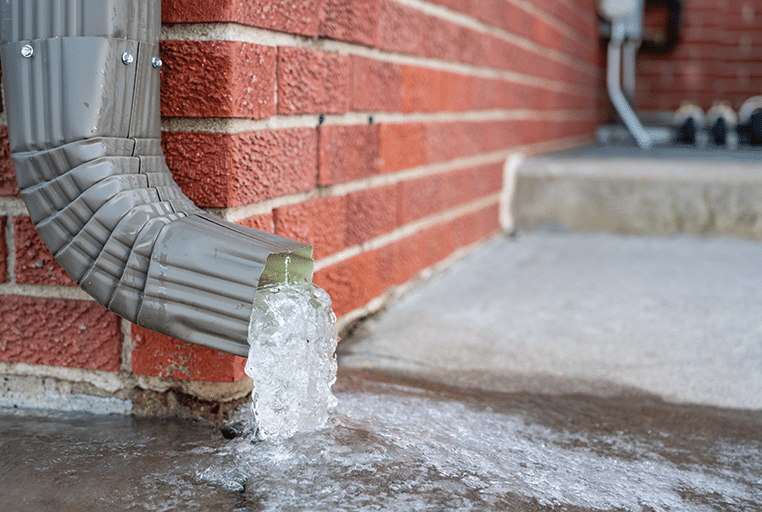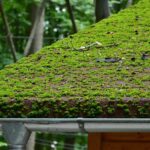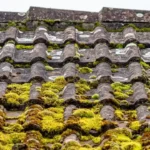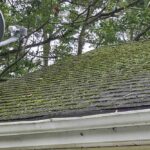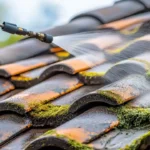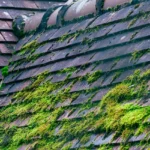Flat roofs are a popular choice for many homeowners due to their sleek design and ability to maximize space. However, they come with their own set of challenges, particularly when it comes to roof drainage. Ensuring proper drainage is crucial to avoid water accumulation, which can lead to leaks and structural damage. In this article, we’ll explore essential roof drainage tips for flat roofs to help you maintain a dry and secure home.
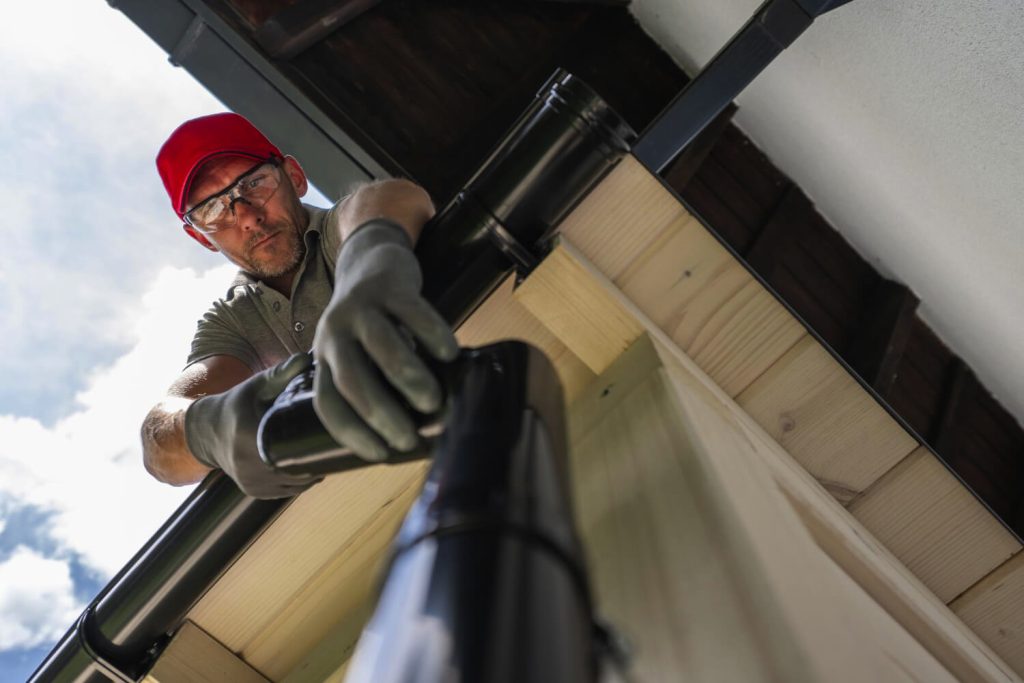
Understanding the Importance of Roof Drainage
Before diving into the specific tips, it’s important to understand why roof drainage is vital, especially for flat roofs. Unlike sloped roofs, flat roofs do not allow water to naturally run off. As a result, they require an efficient drainage system to prevent standing water. Learn more about roof drainage systems.
Common Drainage Systems for Flat Roofs
Internal Drains
Internal drains are a common choice for flat roofs. They are installed at strategic points on the roof to collect water and channel it through pipes inside the building. This system is effective but requires regular maintenance to prevent clogs.
Scuppers
Scuppers are openings placed along the edges of the roof that allow water to drain off the surface. They are often paired with downspouts to direct water away from the building’s foundation. Scuppers are less likely to clog compared to internal drains.
Gutters
Gutters are installed along the perimeter of the roof to collect and channel water away. While they are effective, they require regular cleaning to prevent debris buildup. DIY downspout repair tips can help maintain your gutters.
Essential Tips for Maintaining Roof Drainage
Regular Inspections
Conduct regular inspections of your roof drainage system to identify any issues early. Look for signs of water pooling, damage, or debris that could impede water flow.
Clear Debris
Debris such as leaves, twigs, and dirt can accumulate on flat roofs, blocking drainage systems. Regularly clear debris to ensure effective water flow. During fall, it’s especially important to check your roof after heavy leaf fall.
Check for Clogs
Clogs in drains, scuppers, or gutters can lead to water buildup. Use a hose to test the flow and locate any blockages. If necessary, consider hiring a professional to handle stubborn clogs. For more on unclogging, visit unclog roof drainage.
Ensure Proper Slope
Flat roofs should have a slight slope to direct water towards drainage points. If you notice water pooling in a particular area, it may indicate an issue with the roof’s pitch that needs addressing.
Install Leaf Guards
Leaf guards can be installed over gutters and drains to prevent debris from entering the drainage system. This can significantly reduce the maintenance required for your roof.
Advanced Drainage Solutions
Green Roofs
Green roofs are an eco-friendly option that not only improves drainage but also provides insulation and aesthetic benefits. They require a professional installation to ensure proper drainage layers are included.
Reflective Coatings
Applying a reflective coating to your flat roof can help reduce heat absorption, leading to less thermal expansion and contraction. This can prolong the life of your roof and improve drainage. Check out reflective roof coating for more details.
Ponding Solutions
For areas where water tends to pool, consider installing a secondary drainage system or a ponding solution to redirect water effectively.
Choosing the Right Drainage System
When selecting a drainage system, consider factors such as your roof’s size, climate, and building structure. Consulting with a professional can help you choose the best system for your needs. Choosing the right system is essential.
Importance of Professional Maintenance
While regular DIY maintenance is important, scheduling professional maintenance at least once a year can ensure your drainage system functions optimally. Professionals can identify and fix issues that may not be apparent to the untrained eye.
Winter Considerations
In winter, ice and snow can pose additional challenges for flat roofs. Ensure that your drainage system is equipped to handle these conditions, perhaps by installing heating elements or ensuring proper insulation.

FAQ Section
How often should I inspect my flat roof drainage system?
It’s recommended to inspect your roof drainage system at least twice a year, ideally in the spring and fall. Additional inspections may be necessary after severe weather events.
What should I do if I notice water pooling on my flat roof?
If you notice water pooling, it’s important to address the issue promptly. Check for clogs or damage to your drainage system. If the problem persists, consider consulting a professional for a more thorough inspection.
Can I install a drainage system myself?
While some basic maintenance tasks can be done by homeowners, installing a drainage system requires specialized knowledge. It’s best to hire a professional to ensure the system is installed correctly and functions efficiently.
This article contains affiliate links. We may earn a commission at no extra cost to you.



